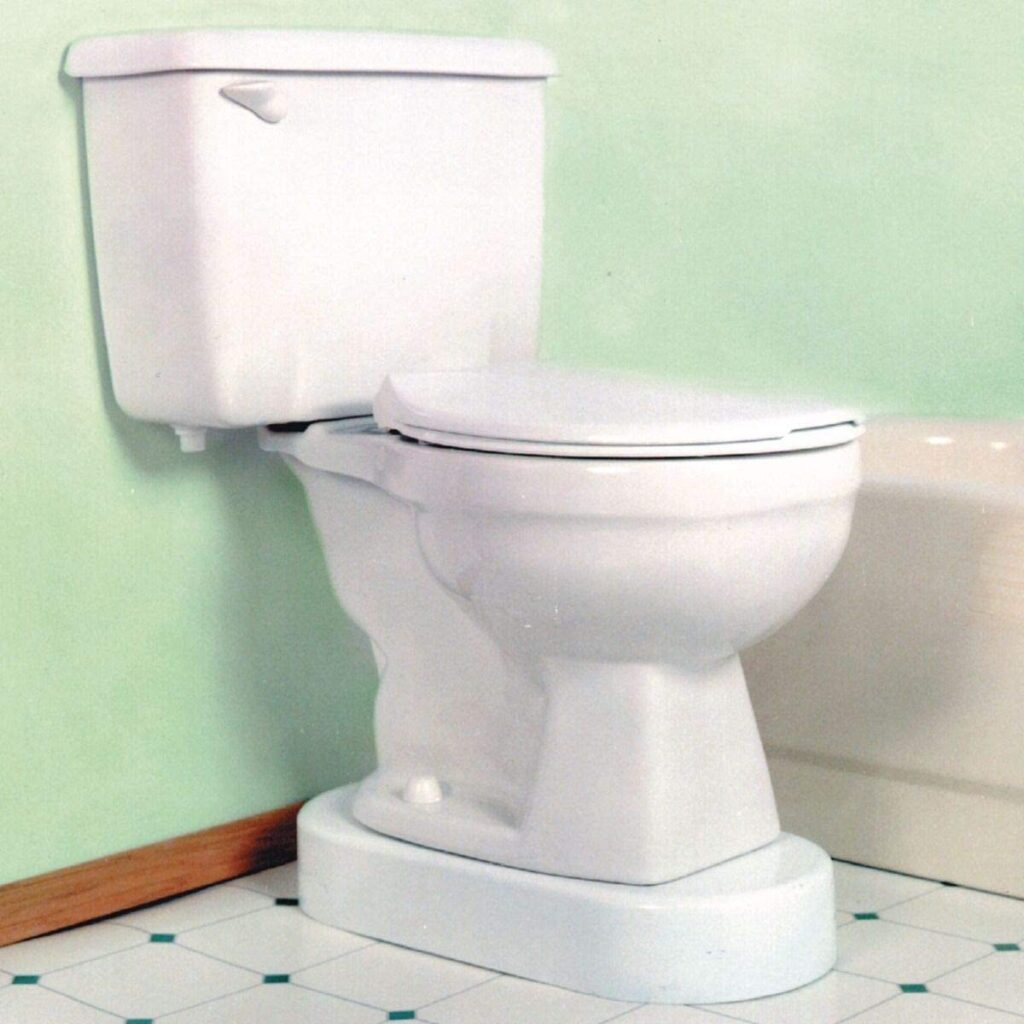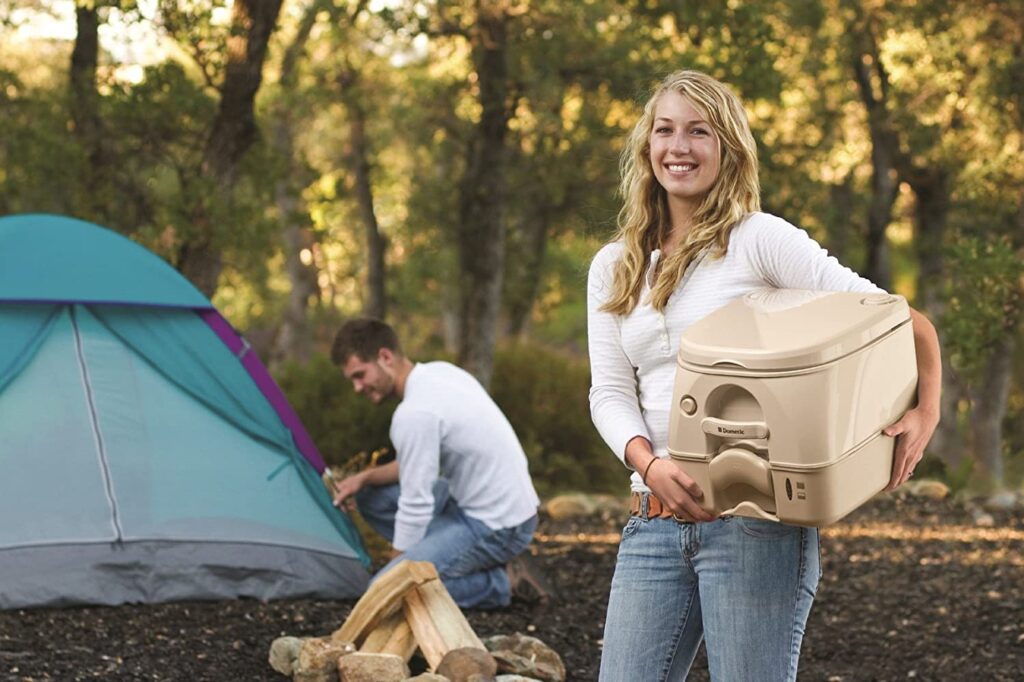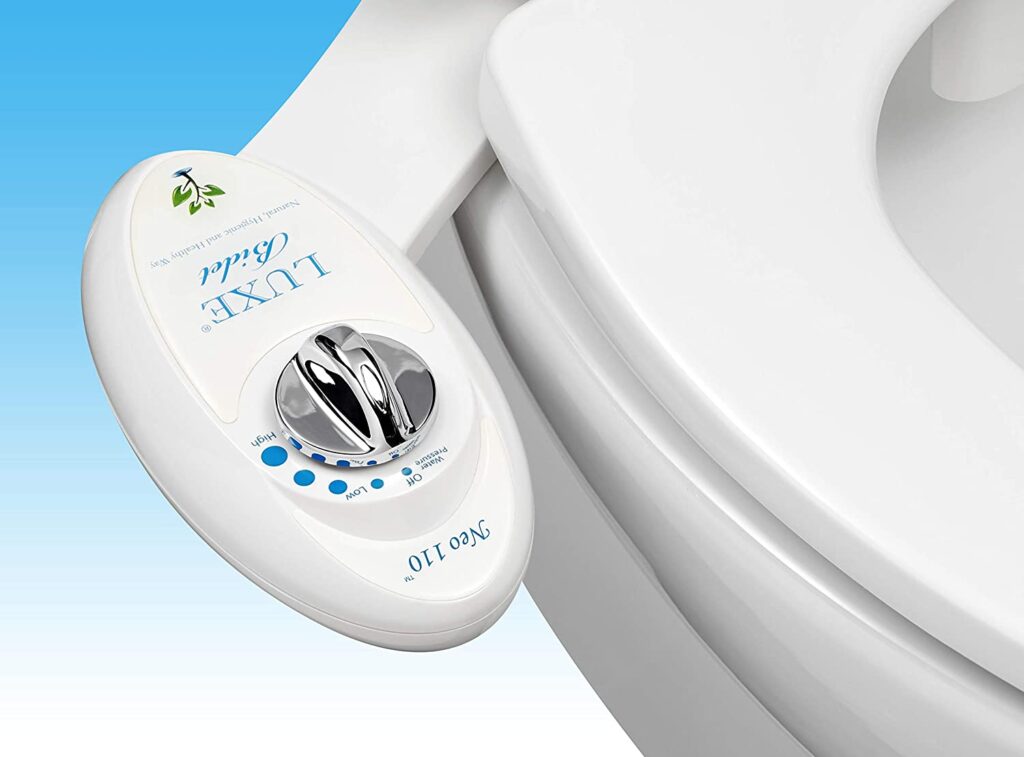It’s a frustrating moment when you step into the shower, ready for a refreshing rinse, only to find that there’s no water coming from the showerhead, or worse, it’s just a trickle. Meanwhile, the sink right next to it works perfectly fine. This can leave you wondering why the sink gets water, but your shower doesn’t. It’s a situation many homeowners encounter, and it can leave you puzzled, especially when you’re unsure where the issue lies.
The good news is that the issue is often fixable through simple troubleshooting. The cause might be something minor, like a clogged showerhead or a misadjusted valve. Understanding the potential causes of this problem will help you quickly identify what’s wrong and whether you can fix it yourself, or if it’s time to call in a professional. Let’s dive into the possible causes and easy solutions.
Table of Contents
Possible Causes of the Issue
1. Shower Valve Malfunction
What is a Shower Valve?
The shower valve controls the flow and temperature of water to the showerhead. It allows you to adjust the hot and cold water mix and is responsible for the water flow that reaches the showerhead. When something goes wrong with the valve, it can prevent water from flowing properly, leaving you with a frustrating shower experience.
Signs of a Faulty Shower Valve
-
Clogging: Over time, mineral deposits from hard water can build up inside the valve, causing blockages that reduce or stop water flow.
-
Worn Components: Internal parts of the valve can wear out due to frequent use, resulting in issues with regulating water pressure or temperature.
-
Dripping Faucet: If the faucet is leaking, it might be an indication of a malfunctioning valve.
-
Temperature Fluctuations: Sudden or frequent changes in water temperature may be due to valve failure.
Solution
-
Fixing the Valve: If the valve is clogged, you can clean it by removing the mineral buildup. Soak it in a vinegar solution for several hours to dissolve any deposits. If cleaning doesn’t fix the issue, or if the valve’s components are worn out, you might need to replace the valve entirely.
-
Replacement: A new valve can restore normal water flow and temperature control. Make sure to purchase a high-quality valve that matches your existing plumbing setup.
2. Blocked or Clogged Showerhead
Why a Clogged Showerhead Affects Water Flow
A showerhead can become clogged over time due to the accumulation of mineral deposits from hard water, as well as dirt and debris. These blockages can severely reduce water pressure, making the shower experience less than ideal or completely ineffective.
Solution
-
Cleaning the Showerhead: The first step is to remove the showerhead and soak it in a vinegar solution for a few hours. Vinegar is great at dissolving mineral deposits. After soaking, scrub the nozzles with a small brush to remove any remaining buildup.
-
Replacing the Showerhead: If cleaning doesn’t solve the issue, it might be time to replace the showerhead. Look for models designed to resist mineral buildup or ones with easy-to-clean features.
3. Diverter Issues
What is a Diverter?
The diverter is a small lever or knob usually found on the faucet or shower valve. It’s the mechanism that directs water flow between the bathtub faucet and the showerhead. If the diverter is stuck or malfunctioning, it can cause the water to flow into the tub instead of the shower.
Why Diverter Failure Affects the Shower
If the diverter gets stuck in the tub position or doesn’t fully switch, it prevents water from reaching the showerhead, even though it’s flowing freely into the bathtub.
Solution
-
Inspecting and Fixing the Diverter: Check if the diverter is stuck or damaged. In many cases, simply cleaning the diverter mechanism can solve the problem. If it’s broken or severely damaged, you’ll need to replace it.
-
Replacement: Replacing a faulty diverter is an easy fix that can restore water flow to your shower.
4. Pressure Balance Valve Problems
What Does the Pressure Balance Valve Do?
The pressure balance valve regulates both the hot and cold water entering the shower, ensuring a steady and comfortable temperature. It adjusts the water flow to keep pressure balanced, preventing scalding hot or freezing cold water from reaching you while you’re in the shower.
Why a Faulty Valve Causes No Water Flow
A malfunctioning pressure balance valve can completely block water flow, especially if there is an imbalance in water pressure or if the valve has become clogged with debris. When the valve fails, water may not reach the showerhead, or you may experience temperature fluctuations.
Solution
-
Testing and Replacing the Pressure Balance Valve: Test the valve to check for any damage or wear. If debris is clogging the valve, clean it thoroughly. If the valve is beyond repair, replace it with a new one to restore proper water flow.
5. Plumbing Issues
Clogged or Damaged Pipes
In some cases, the issue lies deeper within your plumbing system. Clogged or damaged pipes that supply water to the shower can prevent water from flowing properly to the showerhead. If the sink works but the shower doesn’t, it’s likely a blockage in the pipes dedicated to the shower.
Solution
-
Clear the Pipes: If you notice a clog in the pipes, use a plunger or a plumber’s snake to try and clear it. If the clog is too deep or severe, you may need professional help to clear the pipes.
-
Replace Damaged Pipes: If the pipe supplying water to the shower is damaged, it will need to be replaced. A licensed plumber can quickly identify and fix the problem, ensuring water flows freely to the shower.
6. Faulty Water Heater (If the Problem is with Hot Water Only)
Why a Faulty Water Heater Could Affect the Shower
If you’re experiencing a situation where only the hot water isn’t reaching the shower but is still available at the sink, the issue likely lies with the water heater. The water heater is responsible for heating water, and if there’s a malfunction, the hot water may fail to reach certain parts of the house, like the shower, while still working fine in other places, like the sink.
Solution
-
Test and Reset the Water Heater: Start by checking the thermostat setting on your water heater. If it’s set too low, adjust it to a higher temperature (typically around 120°F or 49°C). After adjusting the thermostat, reset the water heater to see if it resolves the issue.
-
Water Heater Malfunction: If adjusting and resetting the heater doesn’t work, it could indicate a deeper issue, such as a faulty heating element or thermostat. In that case, you may need to have the water heater repaired or replaced entirely. If the heater is still under warranty, contact the manufacturer for support.
7. Shower Plumbing Diverter Blockages
Why Plumbing Diverters Matter
A plumbing diverter is an important component in many shower systems. It directs the flow of water to different parts of the shower system, such as the showerhead or hand shower. If the diverter becomes blocked or malfunctions, water may flow freely to the sink, but it won’t reach the showerhead, causing frustration.
Solution
-
Clearing Diverter Blockages: If you suspect the diverter is blocked, try flushing the system by running water through it while switching the diverter back and forth. If this doesn’t work, the diverter might need to be cleaned or replaced.
-
Replacement: If cleaning doesn’t resolve the issue, or if the diverter is damaged, replacing it will restore the full water flow to the shower. Look for diverters that are compatible with your current shower setup.
8. Hot Water Isolation Valve
What is the Hot Water Isolation Valve?
The hot water isolation valve controls the flow of hot water to the shower. If this valve is closed, malfunctioning, or stuck, it can prevent hot water from reaching the showerhead, while allowing cold water to flow freely.
Solution
-
Open or Fix the Valve: Check if the hot water isolation valve is closed. If it is, simply open it to allow hot water to flow to the shower. If the valve is malfunctioning or damaged, you might need to replace it to restore proper hot water supply to the shower.
9. Showerhead Pressure Regulator
What is a Showerhead Pressure Regulator?
Some modern showerheads are equipped with pressure regulators to maintain a consistent water pressure during the shower. If this regulator becomes faulty or clogged, it can prevent water from flowing properly through the showerhead.
Solution
-
Inspect and Replace the Regulator: If you suspect that the pressure regulator is causing the issue, remove the showerhead and inspect the regulator. If it’s clogged or damaged, replacing it or bypassing the regulator will likely fix the water flow issue.
10. Shower Cartridge Issues
What is a Shower Cartridge?
In many modern showers, the cartridge controls both water flow and temperature regulation. It’s an essential part of the shower valve, ensuring that water flows smoothly and at the right temperature. Over time, the cartridge can wear out or become clogged.
Why the Cartridge Can Cause Issues
If the cartridge becomes clogged with mineral deposits, dirt, or debris, it can prevent water from flowing properly, either resulting in no water flow or inconsistent water temperature.
Solution
-
Replace the Cartridge: If the cartridge is faulty or clogged, remove the old one and replace it with a new one. Replacing the cartridge ensures smooth water flow and restores the proper function of your shower.
How to Troubleshoot the Issue of Shower Not Working but Sink Is
Step 1: Check the Shower Valve
-
Adjust or replace the valve if faulty
The shower valve is a crucial part of your shower system. If the valve is clogged or malfunctioning, it may prevent water from flowing to the showerhead. Start by checking if the valve is properly set to allow water to flow to the shower. If it’s clogged with mineral deposits, clean it thoroughly. If it’s damaged, you may need to replace it with a new one.
Step 2: Inspect the Diverter
-
Ensure it’s not stuck or broken
A diverter directs water between the bathtub faucet and the showerhead. If the diverter is stuck or malfunctioning, water may not be able to reach the showerhead. Check the diverter to make sure it’s switching correctly. If it’s stuck, clean it or try to free it. If it’s broken, replacing the diverter will restore proper water flow.
Step 3: Test the Pressure Balance Valve
-
Look for damage or debris inside
The pressure balance valve regulates the water temperature and flow, ensuring a balanced mix of hot and cold water. A faulty valve can stop water from reaching the shower. Inspect the valve for any debris or damage. If the valve is clogged, clean it thoroughly. If it’s damaged or old, replacing it will restore proper function.
Step 4: Clean or Replace the Showerhead
-
Clear out mineral buildup or replace the showerhead if necessary
A clogged showerhead due to mineral deposits or debris can significantly reduce water flow. Remove the showerhead and soak it in vinegar to dissolve the mineral buildup. Use a small brush to scrub any remaining deposits. If cleaning doesn’t work or the showerhead is damaged, replace it with a new one.
Step 5: Inspect Plumbing for Clogs or Leaks
-
Look for any visible blockages or damaged pipes
Sometimes, the issue may lie deeper in the plumbing system. If the sink works fine but the shower doesn’t, check for any blockages in the pipes leading to the shower. Look for leaks or signs of pipe damage. If you find any visible issues, try to clear the clogs with a plunger or plumber’s snake. If the pipes are damaged, it might require professional repair or replacement.
Step 6: Verify the Water Heater and Isolation Valves
-
Check if the heater is functioning and the isolation valve is open
If your problem is with hot water, the water heater may be the issue. Check the thermostat and reset the water heater if necessary. Also, make sure the hot water isolation valve is open, as a closed valve can prevent hot water from reaching the shower while still allowing cold water to flow.
When Should You Call a Professional?
Common Signs to Call a Plumber
If troubleshooting doesn’t resolve the issue, or if there’s significant damage or blockage in the pipes or shower system, it’s best to call a plumber. Persistent issues despite following all troubleshooting steps could indicate a deeper plumbing problem that requires professional intervention.
Why Hiring a Professional Is Important
Plumbing systems can be complex, and making mistakes in your repairs can lead to further damage. A licensed plumber has the expertise and tools needed to quickly identify and fix the problem, preventing additional costs or damage. Hiring a professional ensures that your shower system is properly repaired and safe to use.
Conclusion
Recap of Troubleshooting Steps
To fix a non-functioning shower, start by checking common causes like the shower valve, diverter, pressure balance valve, and showerhead. If necessary, inspect the plumbing for clogs and leaks, and don’t forget to verify the water heater and isolation valves. Following these steps should help restore your shower’s water flow.
Final Tip
Regular maintenance, such as cleaning the shower valve, diverter, and showerhead, can prevent issues from arising in the future. A little routine care goes a long way in ensuring everything runs smoothly and your shower stays in top condition for years to come.
FAQs
1. Why is my shower not working but my sink is?
The issue is likely caused by a problem with the shower valve, diverter, showerhead, or plumbing. It could also be related to a faulty pressure balance valve or hot water isolation valve. Troubleshooting these components should help you pinpoint the cause.
2. Can a clogged showerhead stop water from flowing?
Yes, over time, mineral deposits or debris can clog the showerhead, restricting or stopping water flow. Cleaning the showerhead by soaking it in vinegar or replacing it can restore water flow.
3. What is a diverter, and how does it affect my shower?
A diverter is a component that directs water between the bathtub faucet and the showerhead. If it becomes stuck or broken, it can prevent water from reaching the showerhead, even though water is flowing freely into the tub.
4. How can I fix a stuck or broken diverter?
If the diverter is stuck, try cleaning it or manually adjusting it to free it up. If it’s broken, you will need to replace it to restore proper water flow to the shower.
5. What is the pressure balance valve, and can it cause the shower to stop working?
The pressure balance valve regulates the hot and cold water flow to the shower, ensuring a balanced temperature. A faulty valve can cause inconsistent water pressure or prevent water from reaching the shower altogether. Inspect and replace the valve if necessary.
6. How do I clean a clogged showerhead?
To clean a clogged showerhead, remove it and soak it in vinegar for several hours to dissolve mineral deposits. After soaking, use a small brush to scrub any remaining buildup. If cleaning doesn’t help, consider replacing the showerhead.
7. What should I do if I suspect plumbing blockages or leaks?
Inspect visible pipes for any blockages or leaks. If you find clogs, use a plunger or plumber’s snake to clear them. If there’s visible damage to the pipes, you may need to call a professional plumber to replace the affected sections.
8. Could a malfunctioning water heater be the cause of no hot water in my shower?
Yes, if you’re only having issues with hot water, the water heater could be malfunctioning. Check the thermostat, reset the heater, or consult a professional if the problem persists.
9. When should I call a plumber for a shower issue?
If troubleshooting doesn’t solve the issue or if you notice significant plumbing damage, leaks, or blockages, it’s time to call a professional plumber. A licensed plumber can accurately diagnose and fix the problem safely.
10. How can I prevent shower problems in the future?
Regular maintenance, like cleaning the shower valve, diverter, and showerhead, can help prevent issues from arising. Ensuring the water heater and plumbing are well-maintained will also help avoid future problems.






